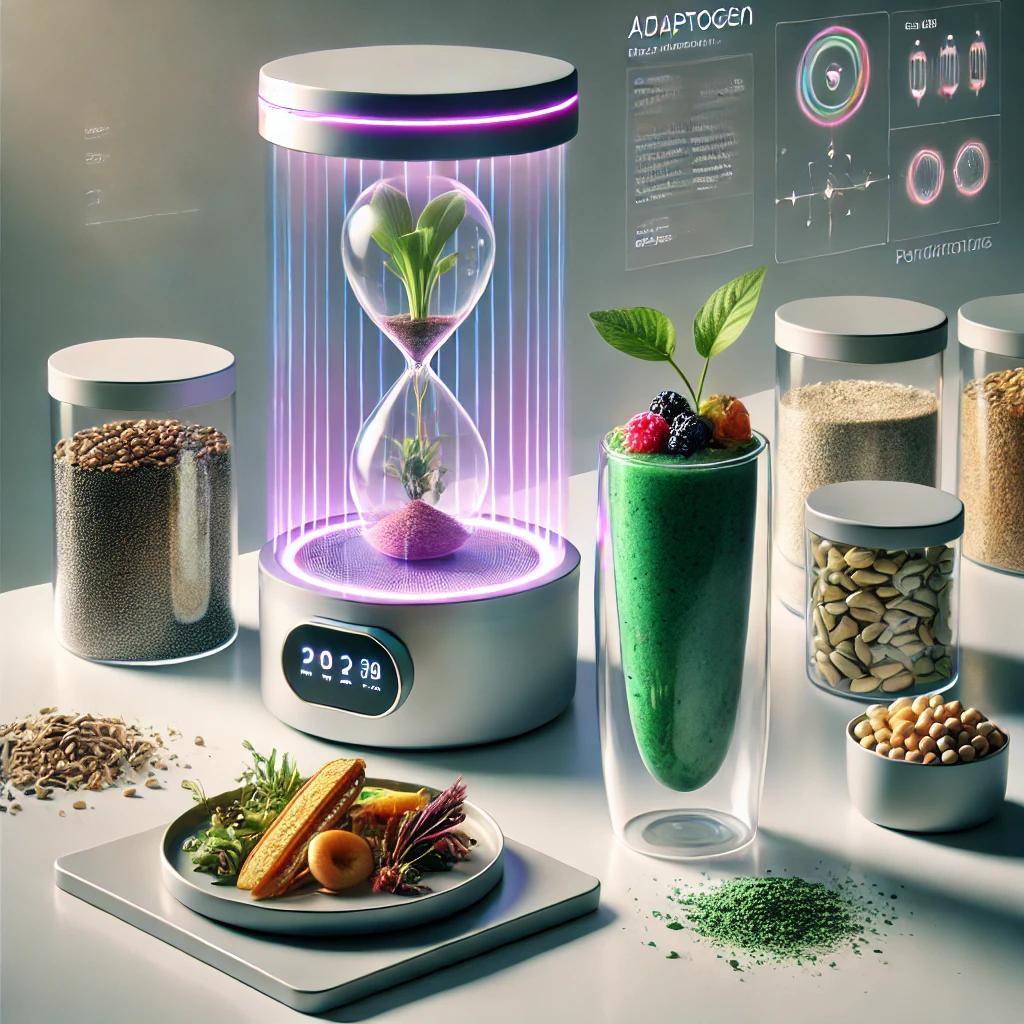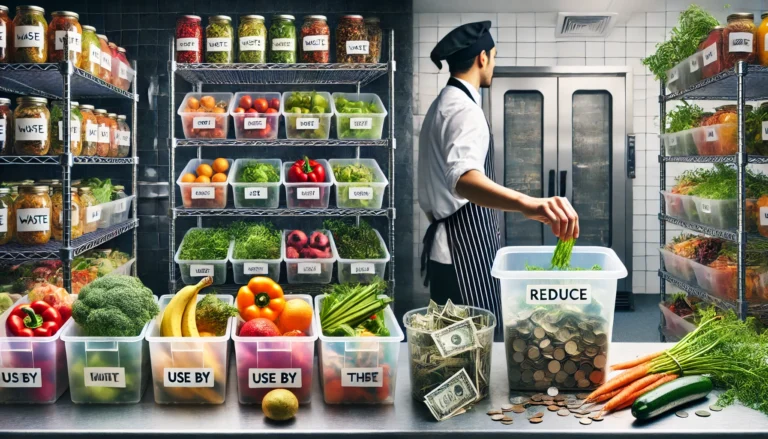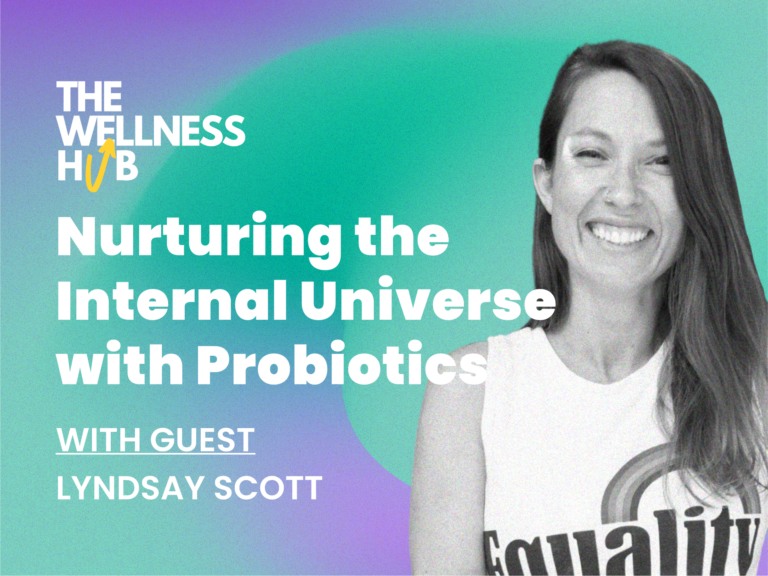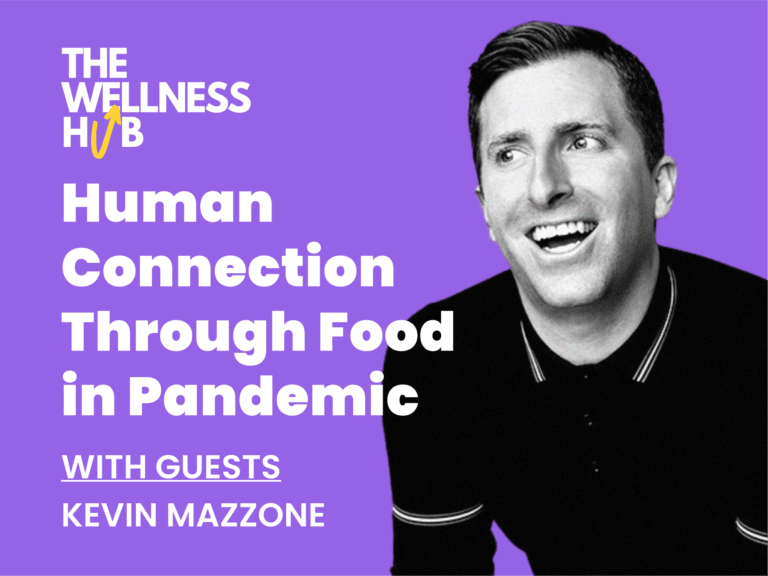Healthy eating in 2025 is no longer just about counting calories or swapping white bread for whole wheat. It’s about smarter choices, sustainability, and food that actually works for you.
The latest trends are driven by science, technology, and a growing awareness of how what we eat impacts everything—from personal health to the planet.
Here are five of the most exciting healthy eating trends shaping the future of food.
1. Personalized Nutrition – Your Diet, Designed for You
For years, diets have been about following the latest trend—keto, paleo, plant-based, you name it. But in 2025, the shift is towards personalized nutrition, where your diet is customized to your body’s unique needs based on factors like DNA, microbiome, and lifestyle.
Companies like Persona and Care/of create personalized supplement plans, while startups like DayTwo analyze gut bacteria to help people choose the best foods for their blood sugar response. Instead of guessing what works, people are using data-driven insights to make smarter eating decisions.
2. Functional Foods & Beverages – Nutrition with a Purpose
The idea that food should be more than just fuel is nothing new, but the focus on functional foods—those that deliver specific health benefits—is bigger than ever. People want food and drinks that actively support immunity, gut health, energy levels, and even stress management.
Mushroom coffee brands like Four Sigmatic promise energy without the caffeine crash. Adaptogen-packed drinks and snacks—loaded with turmeric, ginger, and ashwagandha—are becoming mainstream. Even indulgences like ice cream and chips are being fortified with probiotics and superfoods, proving that healthy eating isn’t just about restriction anymore.
3. Upcycled & Zero-Waste Foods – Turning Scraps into Snacks
With food waste at an all-time high, companies are getting creative—transforming would-be waste into premium products. This trend isn’t just about sustainability; it’s about maximizing flavor, nutrition, and efficiency.
Brands like ReGrained turn spent grain from beer brewing into high-protein bars, while Barnana rescues overripe bananas and turns them into delicious snacks. Even major food brands are hopping on board, incorporating potato peels, coffee fruit, and cauliflower stems into everything from crackers to energy bars.
Upcycled foods are proof that eating sustainably doesn’t mean sacrificing taste or convenience—it just means rethinking what we consider “waste.”
4. Fermented Foods – The Gut Health Goldmine
Gut health is getting the attention it deserves, and fermented foods are leading the charge. With research linking gut microbiome balance to digestion, immunity, and even mental health, foods rich in probiotics and prebiotics are more popular than ever.
Traditional staples like kimchi, miso, kefir, and kombucha have gone mainstream, with brands like Health-Ade making kombucha accessible and Mother In Law’s Kimchi proving that fermented foods can be as flavorful as they are functional. More restaurants and food brands are incorporating fermented ingredients into everyday products—making gut-friendly eating easier and tastier.
5. Alternative Flours – Reinventing the Basic
Flour used to be simple. Now, it’s an ingredient frontier, where chickpeas, cassava, almonds, and even crickets are stepping in to replace traditional wheat. Whether it’s for higher protein content, better digestion, or lower environmental impact, alternative flours are reshaping baking, pasta-making, and beyond.
Bob’s Red Mill has led the charge with a growing lineup of grain-free, nut-based, and legume-based flours, while companies like Chapul are exploring insect-based flours as a sustainable protein source. Even traditional pasta brands are experimenting with chickpea and lentil-based options, proving that flour can do more than just thicken your pancake batter.
Final Thoughts
Food in 2025 is smarter, more sustainable, and tailored to what your body actually needs. Whether it’s a diet designed around your DNA, gut-friendly meals, or snacks made from food scraps, the future of healthy eating is all about innovation and purpose.
The best part? You don’t have to give up enjoyment to eat well—flavor, function, and sustainability are finally working together.





